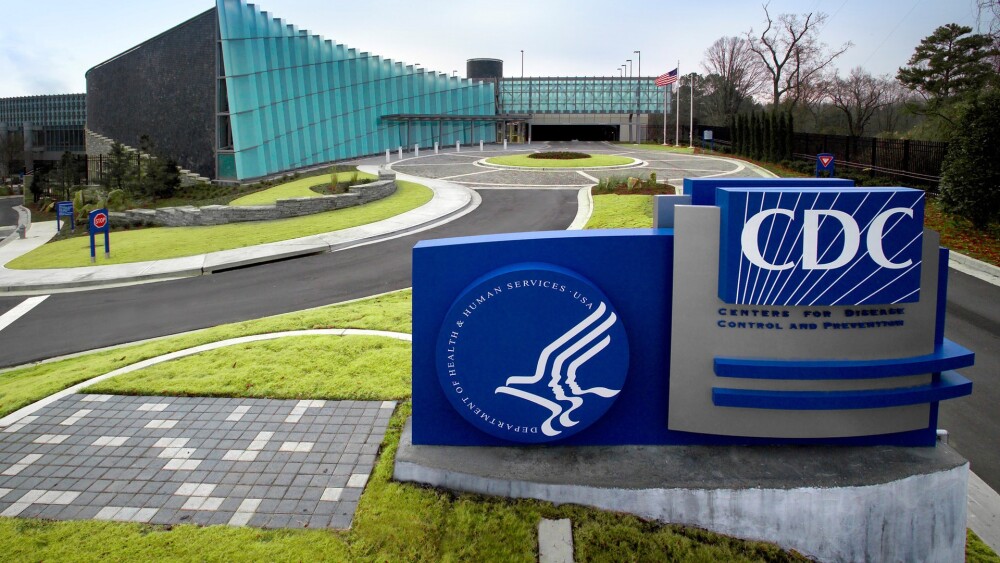Life science companies can protect intellectual property in multiple ways, including leveraging IP rights.
The U.S. Federal Trade Commission’s (FTC) final rule establishing non-compete agreements as an unfair competitive practice is scheduled to take effect on Aug. 21. This ruling affects most employees, including knowledge workers in the life science and biopharma industries. While the U.S. Chamber of Commerce and other groups are filing lawsuits to stall or prevent the rule’s enactment, businesses need to plan for the rule’s probable implementation, as it would render the vast majority of existing non-competes unenforceable and largely prevent new ones from being established. Planning is especially important to companies looking to protect their intellectual property (IP).
The Role of Non-Competes and IP Protection
In May 2023, the U.S. Government Accountability Office published a survey on the prevalence and impact of non-compete agreements, conducted in collaboration with the FTC. The study found that the primary reason (cited by 95% of respondents) employers had employees sign non-competes was “to protect trade secrets, intellectual property, or proprietary information.”
If an employer does not rigorously pursue formal protection of the IP developed by its employees, it still minimizes its potential harm through non-competes, as its employees cannot join competitors where the information would be most valuable and, consequently, the most damaging. With this safety net removed once the ban is effective, employers need to look to alternative methods to protect the confidential information developed within their enterprises.
Leveraging IP Rights
Fortunately, IP rights remain a viable vehicle for employers to protect intangible assets developed by employees. Through IP rights, these assets retain their value even as non-compete agreements fade, and employees are freer to roam to competitors.
Developing and protecting unique IP is important for businesses to achieve sustainable competitive differentiation. A joint study by the European Patent Office and the European Union Intellectual Property Office found that small and medium enterprises that filed at least one registered IP right are more than 20% more likely to experience a growth period afterward than peer firms that did not. Firms that truly embrace IP by adopting bundles of various types of IP rights are 33% more likely to become high-growth firms than peers that do not.
IP rights fall into two broad categories: registered and unregistered. Registered rights, such as patents and trademarks, are reviewed and granted by an authority, creating an explicit public record of the right against which to judge future infringement claims. Unregistered rights, such as trade secrets or copyrights, require less overhead to secure but carry ongoing obligations to maintain their protective powers. For life science and biopharma industry participants, registered and unregistered IP rights can be used together to re-create the protection of intellectual assets vacated by the removal of non-compete agreements.
Doubling Down on Patents
Patents represent the ultimate in public disclosure. In order to secure a patent, inventors must share detailed information on the novelty of the invention and prior art. Patent claims define the exclusive rights and specify the inventive features, while figures provide explanatory visuals. Once granted, the patent’s information becomes publicly available, and in return, the recipient has a monopolistic right for a defined lifetime or until its renewal fees are no longer paid.
Deciding when to seek patent protection requires careful thought given the cost and time required and risk of denial. Patents are historically prevalent in industries such as drug development, where multiple firms may be competing to address the same goal, such as developing a treatment for a rare disease. In these situations, being the first on record with the innovation is highly valuable to establish exclusive rights.
While the inventor is named on the patent, employers typically receive the patent assignment and commensurate rights, and these rights stay with the employer if the employee leaves. However, obtaining patent protection has the added benefit of motivating and retaining employees via recognition and compensation through an inventor awards program.
Building a Trade Secrets Program
For information to qualify as a trade secret, it must derive its value from secrecy, and the owner must prove reasonable efforts to maintain secrecy. Trade secrets are most appropriate in situations where public disclosure would diminish the information’s value and criteria required for a patent, such as proof of novelty, may not be met.
Life sciences professionals can shore up IP protection in the wake of the non-compete ban by administering an effective trade secrets program. Here are some tips for creating such a program, based on practical experience and conversations with our clients.
- Implement contractual mechanisms: While non-competes may disappear, confidentiality agreements and their post-departure obligations for employees remain viable. Similarly, confidentiality agreements with customers, vendors and partners underscore the company’s commitment to upholding confidentiality obligations.
- Maintain a system to manage innovation and trade secrets: Keeping a recipe written on an index card in a locked vault is an effective strategy for the KFC Original Recipe, but it is not scalable, nor does it support demonstrating the characteristics for legally protecting a trade secret. Conversely, implementing an IP management system can document why a trade secret derives its value from secrecy, including timestamps for the initial disclosure and proof of security measures to protect it.
- Foster a culture of confidentiality: Communicate to employees the importance of IP to the business, make it easy to maintain confidentiality and incentivize positive behaviors. We work with a large client in the semiconductor industry that has increased the scale of its trade secrets program 10 times driven by a combination of cultural promotion and awards, supported by an easy-to-use tracking system and contracts.
While life science companies may soon no longer be able to rely on non-competes, other dependable methods of securing proprietary information exist, including shoring up patent management and creating a strong trade secrets program. By adapting to the new circumstances, companies can continue to thrive in a dynamic industry.
Justin Crotty is the chief operating officer of Anaqua, a company delivering intellectual property management solutions and services for corporations and law firms. Follow him on LinkedIn.





